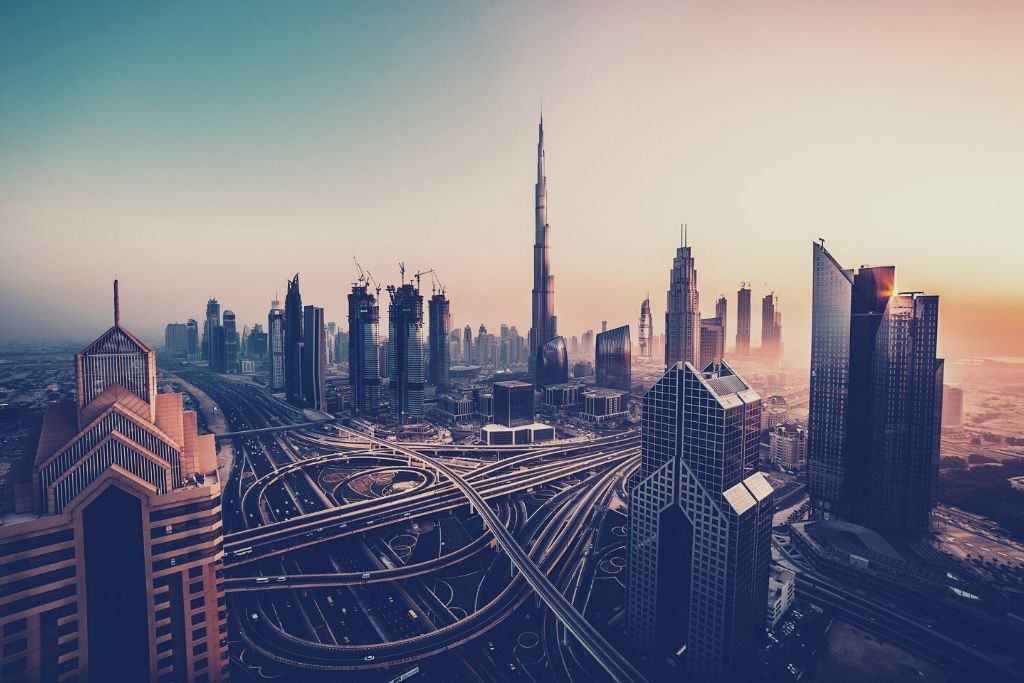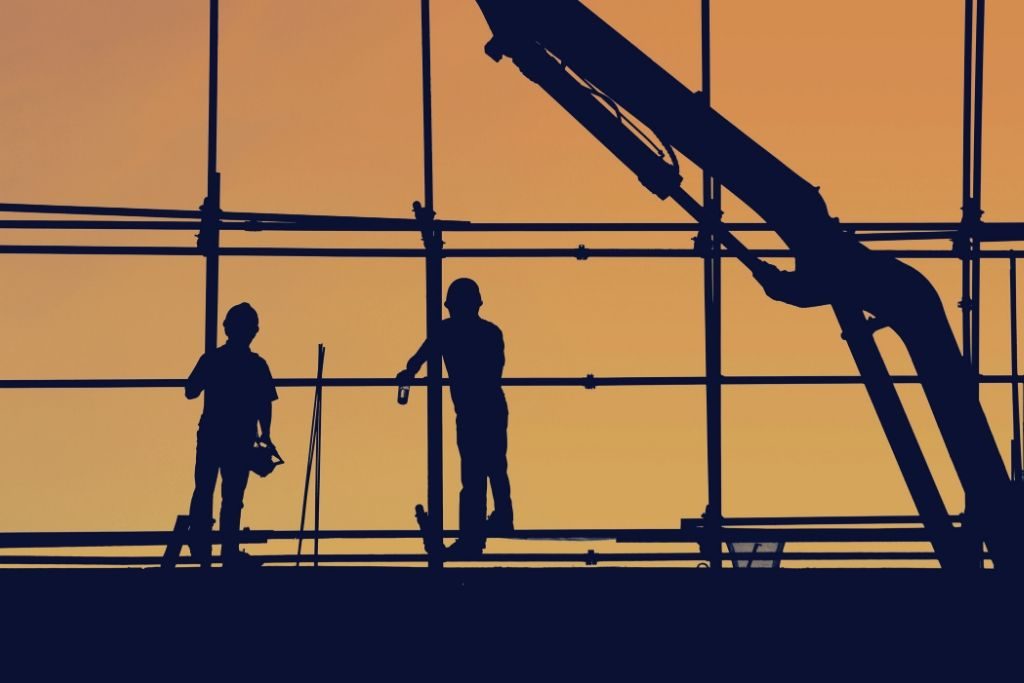How Millennials and Gen Z are Changing Cities

It was the early 19th century when the global human population reached a billion for the first time. Then, in just a couple of centuries, this figure grew more than sevenfold. The world population currently stands at around 7.6 billion. As the globe prepares to be the home of almost 10 billion inhabitants by 2050, members of each generation leave a unique mark in history.
Dubai 2050: A Desert City’s Race to Be the World’s Most Sustainable

Following its rapid rise from a humble fishing village to an ultra-modern metropolis, Dubai is a city of superlatives: It’s home to the world’s tallest building, biggest shopping mall, largest picture frame, or the most capacious indoor skiing center.
3 Reasons to Use Patent-Protected Keys

Keys respond to one of the most fundamental human needs: Security. They protect homes, safeguard businesses, and fortify privacy. However, if acquiring access to one’s most valuable belongings is as easy as a walk to the nearest key-cutting stand, are keys really fulfilling their raison d ‘être?
Here’s How Sustainable Cities Can Boost Gender Equality

Since the ancient civilizations started to build cities, urban landscapes evolved parallel to the gender roles, associating public spaces with men, and the private sphere with women. However, in the late 20th century, as the global urban population continued to boom, spatial researchers began to emphasize the importance of a gender-sensitive approach to urban planning.
A Peek Inside BIM’s World Domination

Building Information Modelling (BIM) had its beginnings in the 1970s, as the design innovators from the United States, Western Europe, and the Soviet Block competed to create a software solution to disrupt the architecture. Thanks to this technology, which keeps growing and optimizing itself, in the late 20th century, modern architecture went through a mini-renaissance.
How Blockchain Will Revolutionize Construction

Construction is notoriously a conservative domain. It’s among the least digitized sectors, but also one of the most wasteful, generating 35 percent of the global landfill mass. Yet, with the rise of urbanization and population around the world, the need for new buildings, hence, construction, is direr than ever.